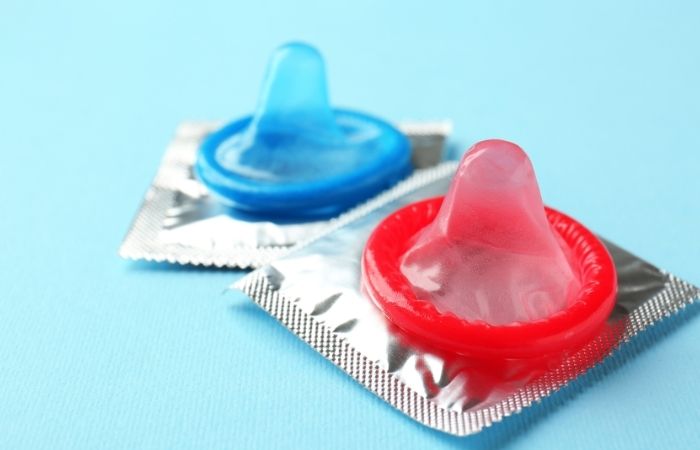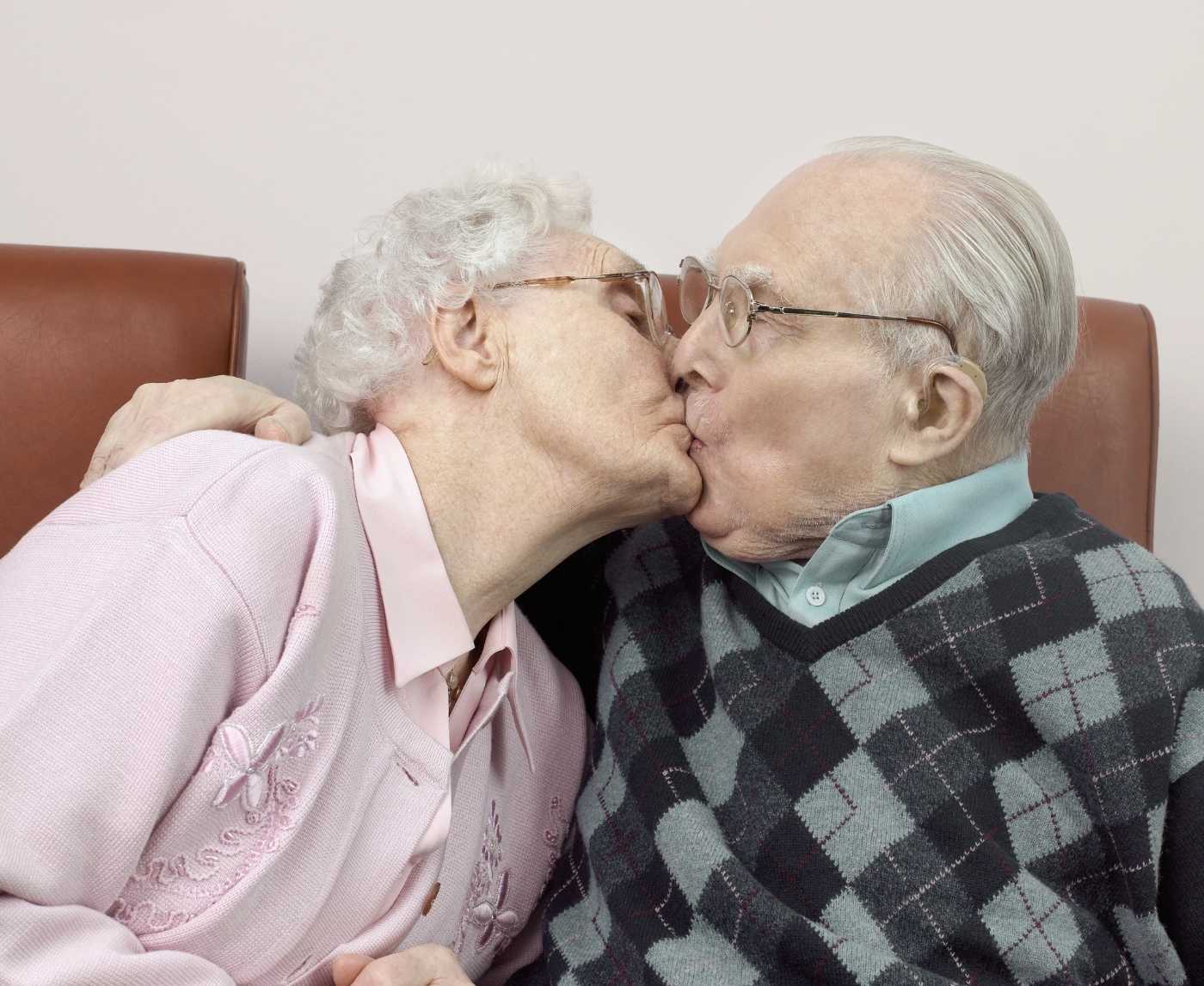Between 2010 and 2020, STDs in adults over 65 more than doubled in the U.S., according to data from the CDC and several peer-reviewed studies. While the media tends to frame senior sex as a punchline, this increase is no joke: older adults are facing real, rising risks of infection. And much of that surge is happening in places where sex is the last thing people expect, nursing homes, retirement communities, and assisted living centers.
Several factors are converging at once: people are living longer, dating more post-divorce or widowhood, and using medications that support sexual activity. Meanwhile, condom use remains strikingly low, especially among those who no longer worry about pregnancy. Mix in a lack of targeted STD education for seniors, and you’ve got a hidden epidemic growing fast and quiet.

People are also looking for: Debunking Five Myths About Drug-Resistant STIs
Key Benefits of Awareness and Testing
When older adults understand the risks and take charge of their sexual health, the benefits are life-changing:
- Early Detection: Most STDs are easier to treat when caught early. Testing at the first sign, or even better, routinely, can prevent long-term complications like infertility, organ damage, or even death in severe untreated cases.
- Peace of Mind: Knowing your status brings emotional relief and clarity, especially for people newly dating or in open relationships.
- Prevention: If a test comes back positive, treatment can stop the infection from spreading to others, critical in communal living situations.
- Empowerment: Talking about and acting on your sexual health helps break stigma and encourages others to do the same.
Challenges Facing Older Adults
Seniors face unique and often overlooked barriers when it comes to STD prevention and care:
- Shame & Stigma: Many feel embarrassed discussing sex with doctors or family, especially in conservative or religious communities.
- Provider Neglect: Doctors may not ask about sexual activity or recommend testing, assuming older patients are celibate or low risk.
- Physical Vulnerabilities: Vaginal thinning after menopause can increase risk of microtears and infection. Weakened immune systems may also make it harder to fight off viruses like HIV or HPV.
- Access Issues: Rural seniors, those in care homes, or those with mobility challenges may struggle to reach clinics for testing.
Solutions and Recommendations
There’s no one-size-fits-all fix, but there are effective, compassionate strategies that can turn this trend around:
- Routine Testing: Just like mammograms or blood pressure checks, STD screenings should become a standard part of senior preventive care.
- At-Home Test Kits: For seniors who prefer privacy or can’t easily get to a clinic, at-home kits are a safe, accurate, and discreet solution. Try the 6-in-1 STD At-Home Rapid Test Kit to screen for multiple infections from home.
- Education: We need honest, age-appropriate sex ed for older adults, including in senior centers and retirement communities.
- Communication: Encouraging open dialogue with doctors, partners, and caregivers can help identify risk and guide treatment.
Statistical Insights and Data
The numbers speak volumes. According to the CDC and University Hospitals research:
- 23.8% increase in STD cases among adults aged 65+ between 2020–2023
- Gonorrhea rates rose 164% in men over 55 in the last decade
- Syphilis rates increased sevenfold among seniors 70 and older
- Only 3% of older adults report regular condom use
These are not isolated cases. They represent a systemic failure to include seniors in national STD prevention strategies. The stigma of aging sexuality doesn’t just silence, it endangers.
Check Your STD Status in Minutes
Test at Home with Remedium10-in-1 STD Test Kit

 For Women
For Women Results in Minutes
Results in Minutes No Lab Needed
No Lab Needed Private & Discreet
Private & DiscreetOrder Now $189.00 $490.00
For all 10 tests
Expert Opinions and Case Studies
Doctors and researchers are sounding the alarm, but the message isn’t reaching everyone. According to Dr. Jennifer Serna, a geriatrician at University Hospitals,
“Sexual health is still health. We’re seeing more infections in older adults not because they’re more reckless, but because no one taught them how to protect themselves.”
In one case study published in Sexual Health in Aging, a 72-year-old woman named Marge was diagnosed with chlamydia after developing abdominal pain. She’d been dating someone new for the first time since losing her husband, and never thought condoms were necessary. “I didn’t even know women my age could get that,” she told researchers.
In long-term care facilities, staff report increases in condom requests, but inconsistent STD education. Many workers aren't trained to address sexual activity among residents, which leads to silent spread. One nursing aide shared, “They’re definitely having sex, but nobody wants to talk about it, so no one gets tested until something goes wrong.”
Historical Context
This isn’t entirely new, just newly visible. Before the 2000s, senior sexual activity was rarely studied. But as life expectancy increased and medications like Viagra hit the market, a sexual renaissance quietly took hold among older adults. Despite this, public health campaigns remained youth-focused, leaving seniors without crucial knowledge or protection.
Historically, sexual health education in the U.S. skipped over aging altogether. Many of today’s seniors grew up in eras of abstinence-based messaging or no sex education at all. That generational silence lingers, and contributes directly to rising infection rates today.
Future Trends
As Baby Boomers age into retirement, we’re likely to see even higher STD rates, unless intervention ramps up. Experts predict:
- Increased Use of Dating Apps: More seniors are using platforms like OurTime and even Tinder, leading to more casual encounters.
- Widening Education Gaps: Without targeted campaigns, many will continue to miss out on testing or prevention.
- Policy Shifts: Some states are starting to develop sex ed programs for seniors, especially in public health departments and assisted living facilities.
If systems adapt, we could see smarter, safer sex for seniors. But if not, the infections, and the silence, will only spread further.
Practical Applications
What can older adults, and those who love or care for them, actually do? Here’s where change happens:
- Ask for Testing: Don’t wait for symptoms. If you’re sexually active, request regular STD panels, at a clinic or with an at-home multi-test kit.
- Keep Condoms Handy: Aging doesn’t reduce your risk. Keep condoms in your bedside drawer, and talk with new partners about protection.
- Support Consent & Access: Caregivers and facility managers should treat intimacy as a right, not a risk. Respecting consent while protecting health is key.

People are also looking for: Debunking Five Myths About Drug-Resistant STIs
Personal Stories or Testimonials
Don, 76, found himself back in the dating pool after a divorce.
“I hadn’t dated in 40 years. I didn’t think I had to worry about STDs, my partner looked healthy, and we were both ‘older and responsible.’ But a few weeks later, I started having discharge and burning.”
He tested positive for gonorrhea.
His story isn’t rare. In fact, it’s becoming a familiar pattern: seniors re-entering sexual activity without protection, testing, or open conversations. Don now talks about sexual health at his retirement center, and encourages his peers to get tested regularly.
Common Misconceptions
Let’s debunk a few myths still floating around in senior spaces:
- “You can’t get STDs after menopause.” FALSE. Menopause doesn’t protect you from viruses or bacteria, it may even increase your risk due to vaginal dryness and thinning.
- “Only promiscuous people get STDs.” FALSE. It only takes one partner. Many seniors contract infections from long-term or new monogamous relationships.
- “STDs don’t affect older people.” FALSE. Infections may be harder to detect in older bodies and often cause more severe complications.
- “Condoms are just for birth control.” FALSE. They are your best defense against most STDs, at any age.
FAQ
1. Can you get an STD in a nursing home?
Yes, and they’re increasingly common. Shared spaces, new relationships, and low condom use all contribute.
2. Is it safe for older adults to use condoms?
Absolutely. They’re essential for STD prevention and easy to use with proper lubrication.
3. What are the signs of an STD in seniors?
Common symptoms include discharge, itching, sores, pain during urination, or no symptoms at all.
4. Can older women get HPV or herpes?
Yes. Post-menopause changes may even make women more susceptible to HPV and herpes infections.
5. Are at-home STD tests accurate for seniors?
Yes. Reputable test kits like the Complete STD Home Test Kit Package are FDA-approved and designed for all ages.
6. Do I need a test if I only have one partner?
If it’s a new partner or you haven’t been tested together, yes. Many infections show no symptoms.
7. Is it too late to get tested?
Never. Testing at any age is a smart and proactive step toward your health.
8. Why won’t my doctor bring it up?
Some providers assume older patients aren’t sexually active. Don’t wait, bring it up yourself.
9. Can STDs cause serious problems in older adults?
Yes. Untreated infections can cause pelvic pain, infertility, and systemic illness in older bodies.
10. How do I talk to my partner about STDs?
Start with honesty: “I care about both our health, when was your last test?” Offer to get tested together.
Take Charge of Your Health!
STDs in older adults aren’t just a punchline, they’re a public health issue. But unlike youth-targeted messaging, seniors are often left out of the conversation. That silence is costing lives, dignity, and comfort.
Whether you’re newly dating, living in a retirement community, or just curious about your risk, knowledge is your power. Sexual health is lifelong health. And there’s no shame in protecting your body, your partners, and your peace of mind.
Sources
1. CDC STI Annual Surveillance Report
2. University Hospitals: Why STIs Are on the Rise in Older Adults
3. Health.com: Gonorrhea, Chlamydia Rates Rising in Seniors










